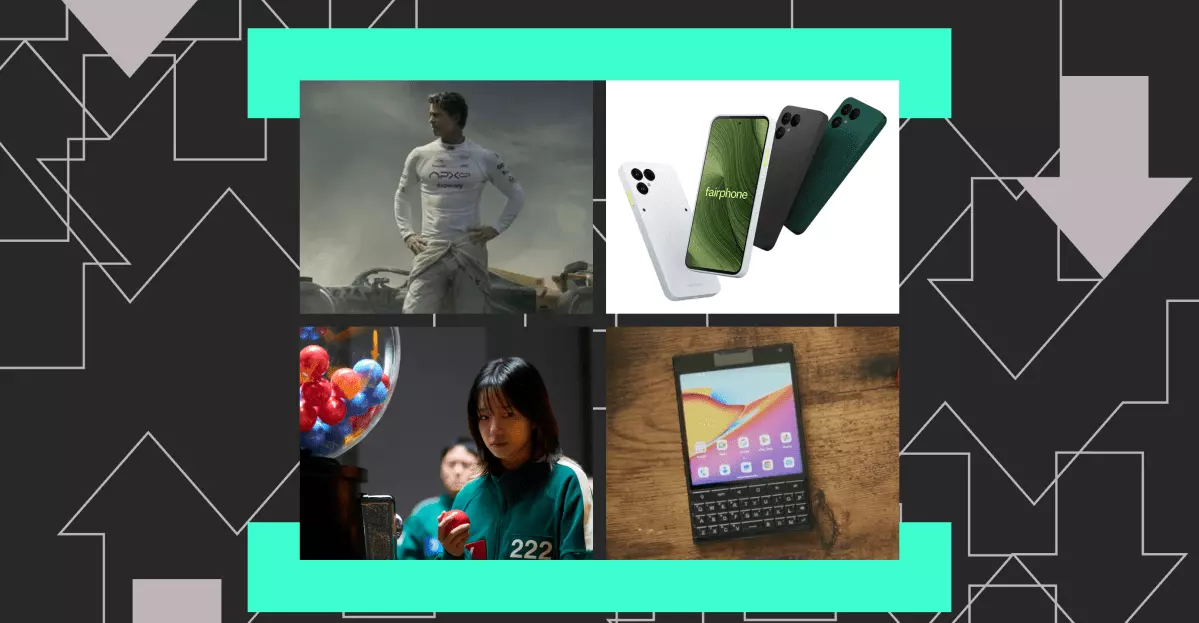In a world where social media platforms reign supreme, the battle between free speech and censorship has reached new heights Down Under. Australia, known for its rugged Outback and laid-back lifestyle, found itself at the center of a heated legal showdown with none other than the tech giant X. Yes, the same X that billionaire Elon Musk swooped in and rebranded when he acquired Twitter last year. And boy, did things get spicy!
Picture this: a Sydney bishop viciously stabbed in his church during a live-streamed service. The horror of the incident sent shockwaves through the peaceful community, leaving many questioning the role of social media in disseminating such graphic content. Enter Australian Federal Court Justice Geoffrey Kennett, who made the bold move to extend a ban on X, preventing the circulation of videos capturing the heinous attack.
As the courtroom drama unfolded, government lawyers wasted no time tearing into X’s defense of free speech. The Australian eSafety Commission, a trailblazer in online safety, stood firm in its demand for X to remove the disturbing footage. The eSafety lawyer, Tim Begbie, didn’t hold back, labeling X as a “market leader in proliferating and distributing violent content and extremist material.” Ouch, that’s gotta sting!
Elon Musk, never one to shy away from a fight, accused Australia of censorship and took his case to the Federal Court. X had geoblocked Australian users from accessing the contentious content, but eSafety wasn’t having it. They argued that tech-savvy Aussies could still get their hands on the videos using sneaky Virtual Private Networks. The legal jousting continued, with X’s lawyer, Bret Walker, defending the company’s efforts to comply with the ban while acknowledging some hiccups along the way. Hey, nobody’s perfect, right?
In a world where borders are blurred by the internet’s reach, questions of jurisdiction and regulation loom large. Walker argued that it was a stretch to expect Australia to dictate what content could be viewed in far-flung lands like Russia or Belgium. The clash between X’s global presence and Australia’s national laws painted a vivid picture of the complexities in balancing free speech with responsible online behavior. As the legal saga played out in the hallowed halls of the Federal Court, one thing became clear: the line between freedom and protection in the digital age is a precarious tightrope walk.
So, dear reader, as we bid adieu to this riveting chapter in the annals of tech and law, let’s ponder the age-old question: where do we draw the line in the sand of cyberspace? The battle between X and Australia may have subsided for now, but the echoes of this clash will reverberate through the corridors of power and pixels for years to come. Stay tuned for the next episode of “Tech Titans vs. Aussie Regulators” – coming soon to a virtual theater near you!


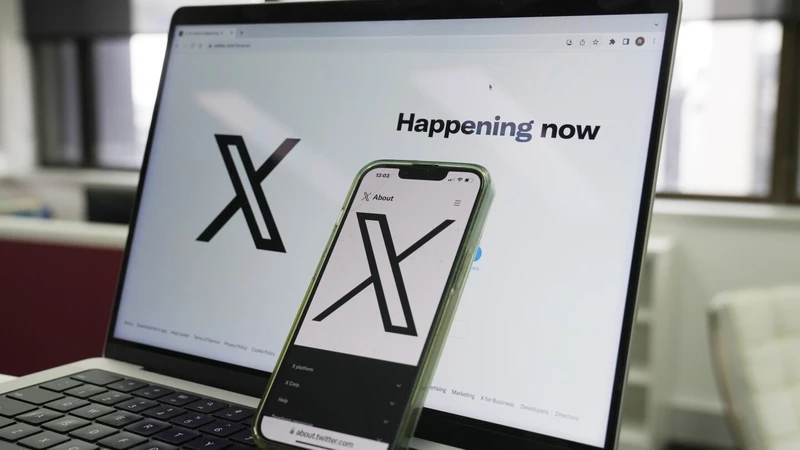
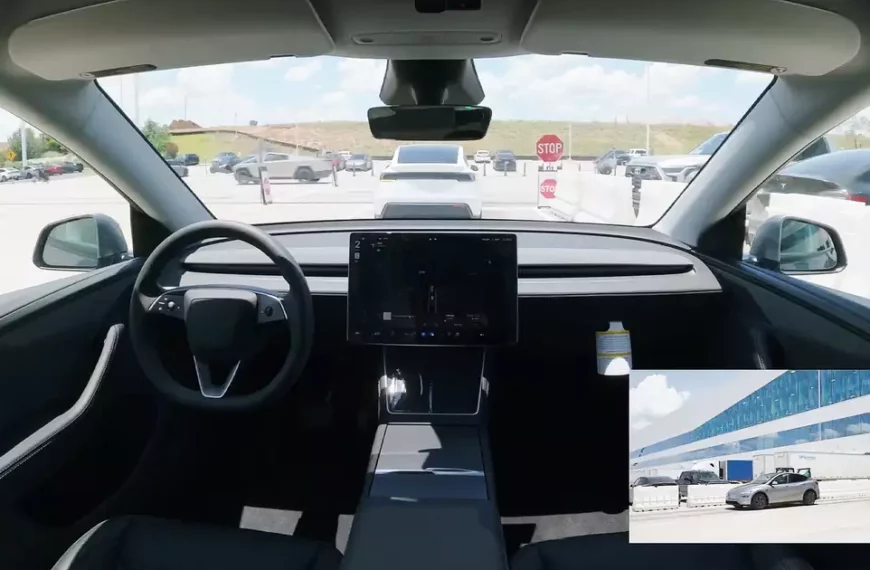
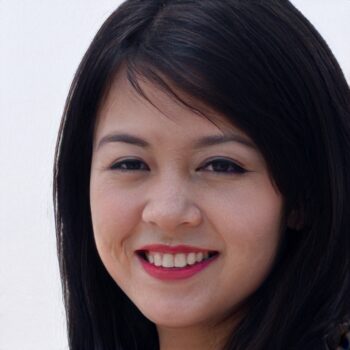 By
By![A person sits on a blue chair during a discussion at an event. They appear thoughtful, wearing a dark jacket and a light shirt, with a blue backdrop featuring the text "HUMAN[x]."](https://biztechweekly.com/wp-content/uploads/2025/07/metas-14.3b-scale-ai-investment-sparks-surge-in-competitor-growth-and-client-shifts-in-ai-training-market-870x570.webp)
 By
By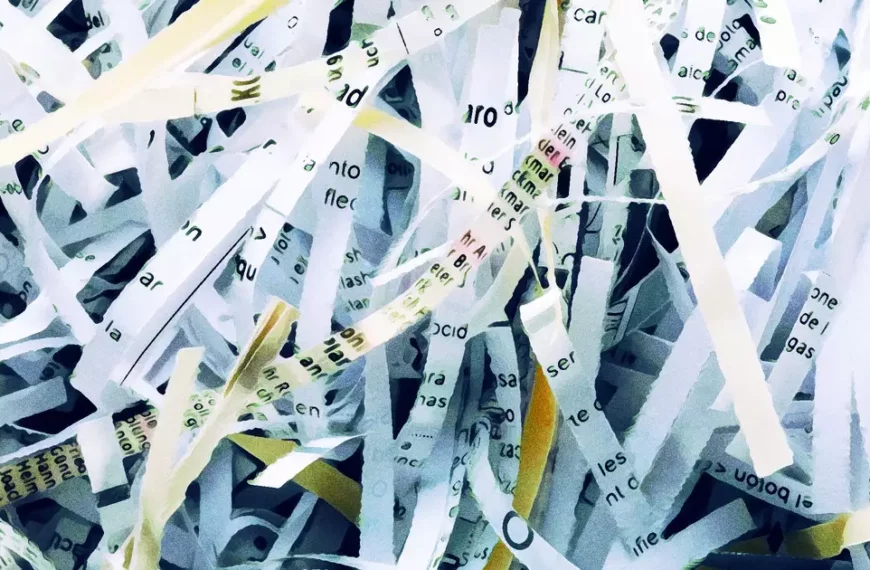
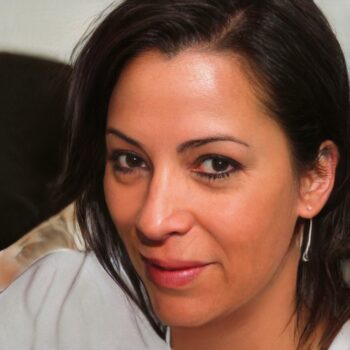 By
By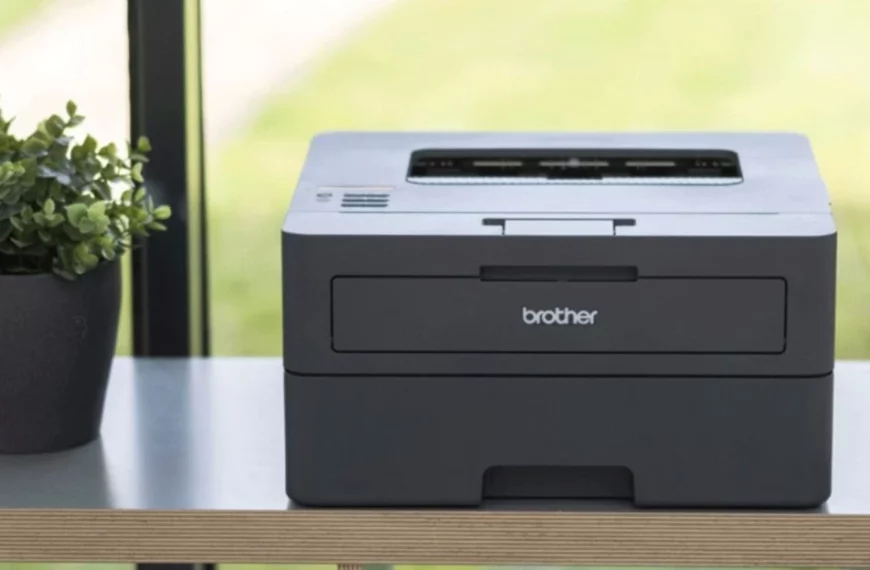
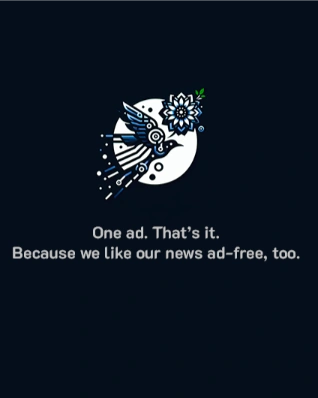
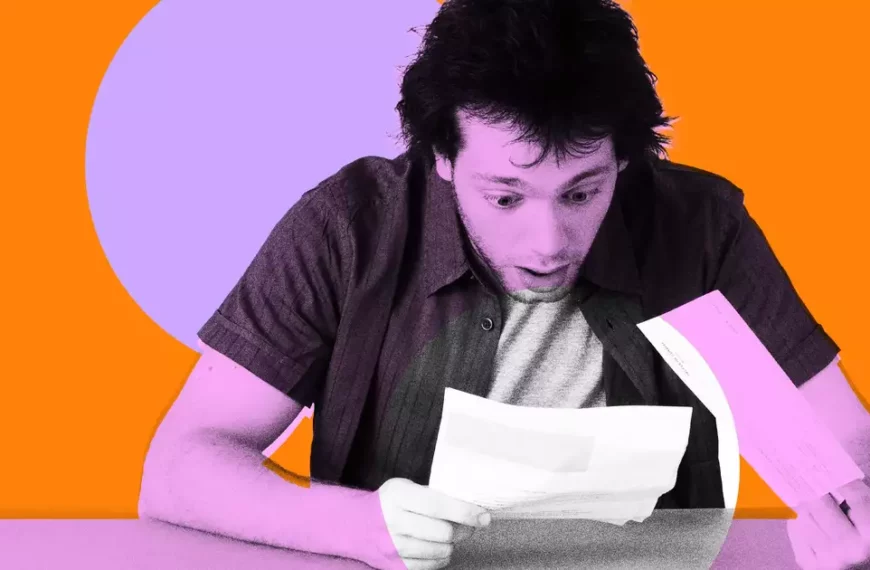
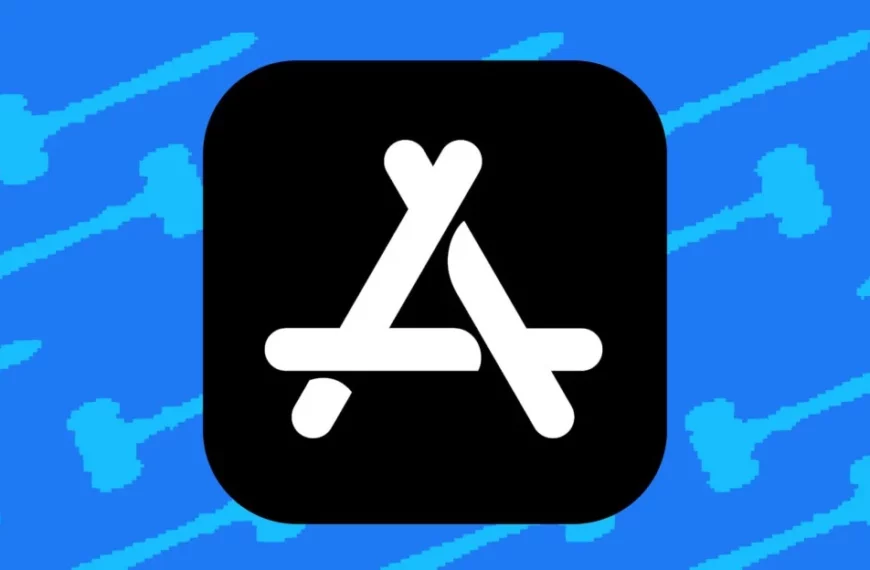
 By
By
 By
By
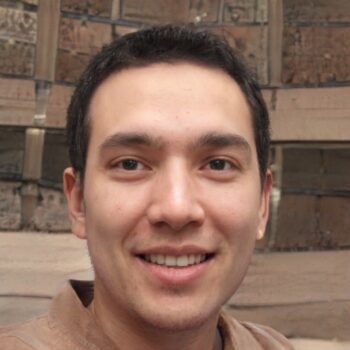 By
By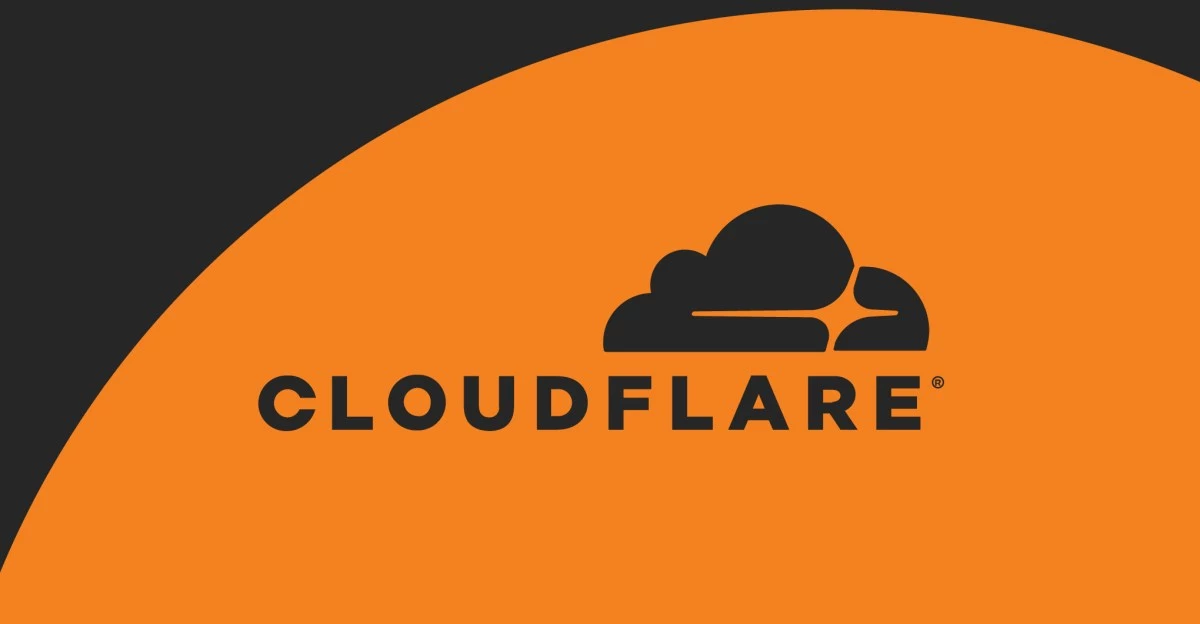
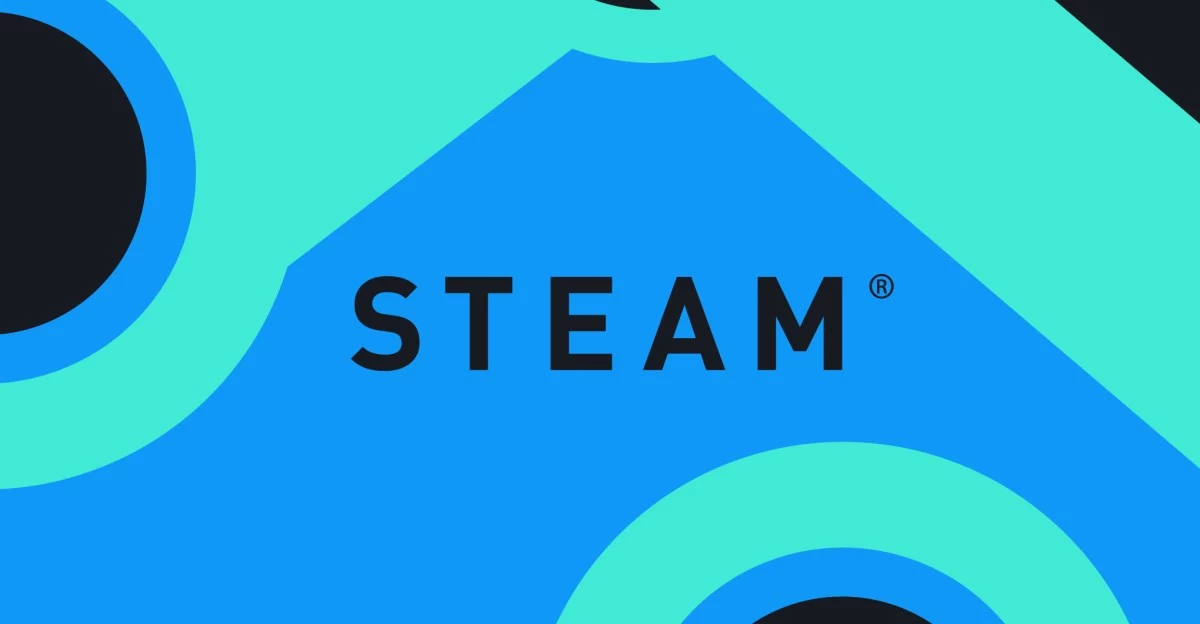
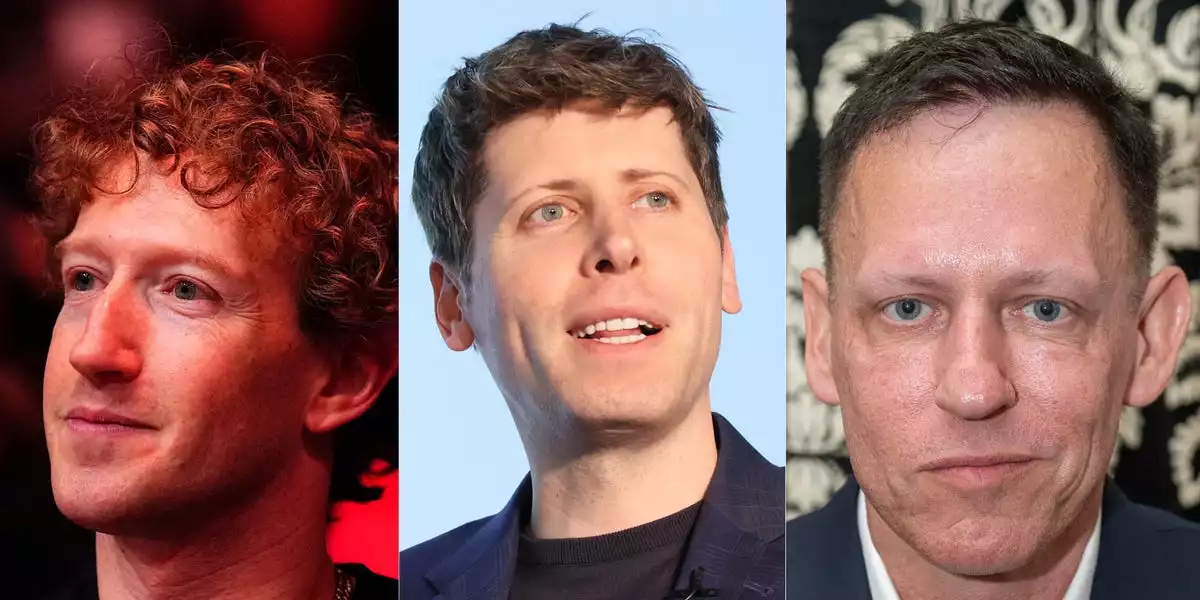
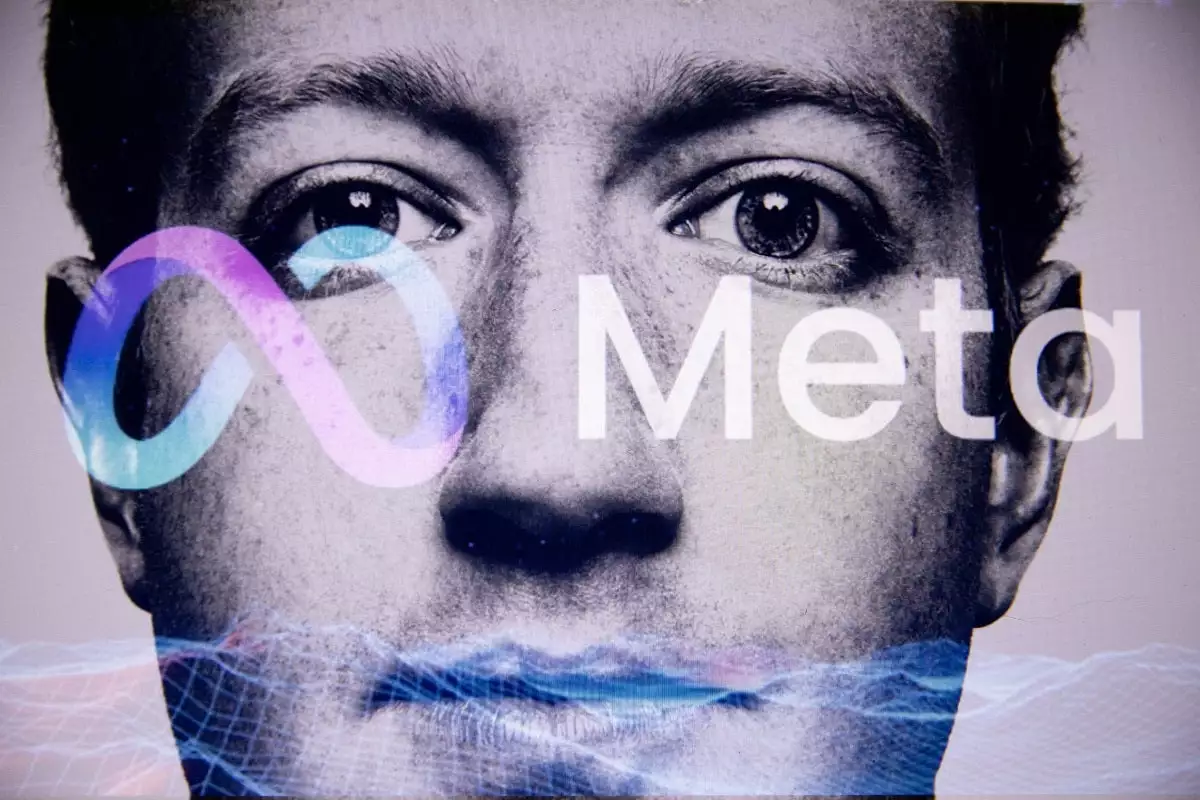
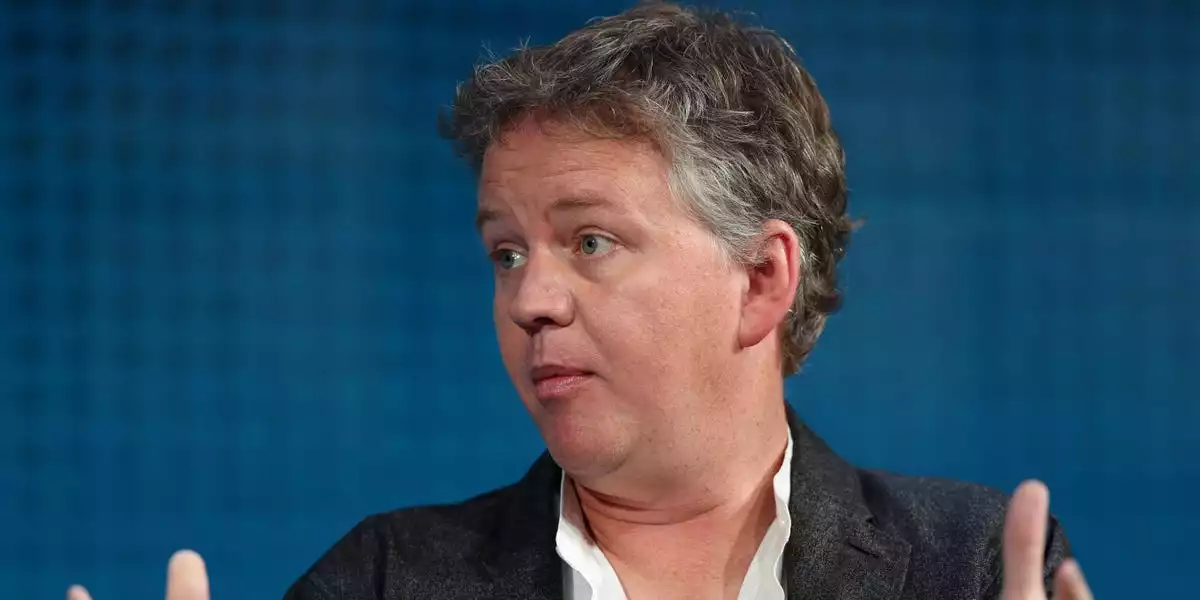
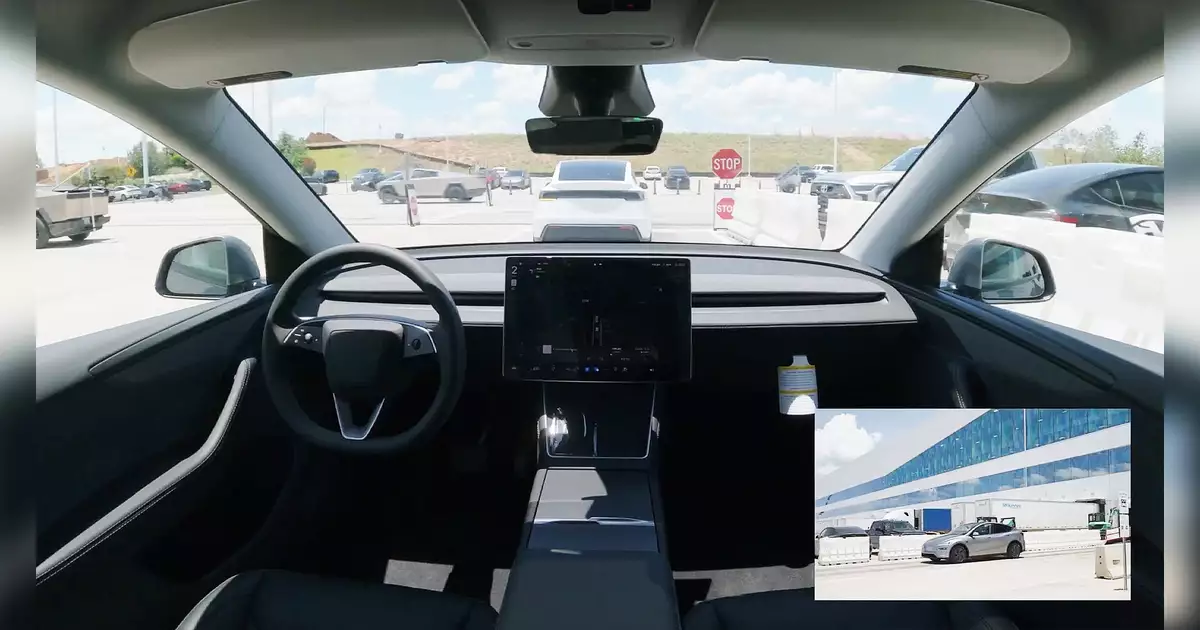
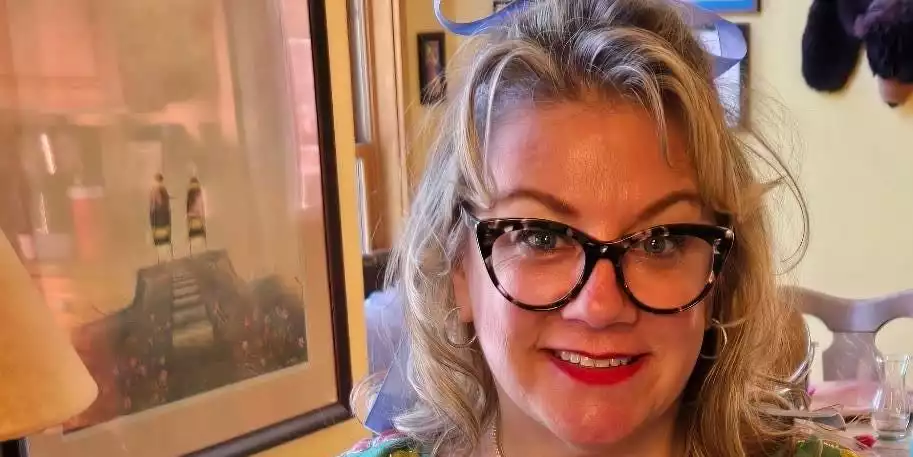
![A person sits on a blue chair during a discussion at an event. They appear thoughtful, wearing a dark jacket and a light shirt, with a blue backdrop featuring the text "HUMAN[x]."](https://biztechweekly.com/wp-content/uploads/2025/07/metas-14.3b-scale-ai-investment-sparks-surge-in-competitor-growth-and-client-shifts-in-ai-training-market.webp)
